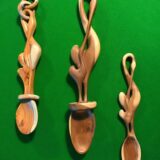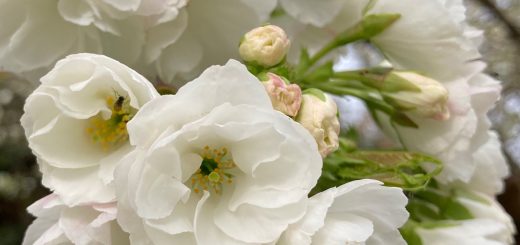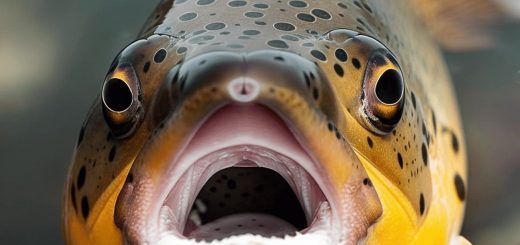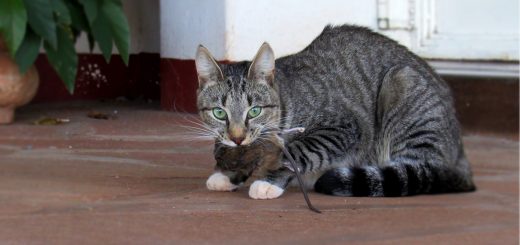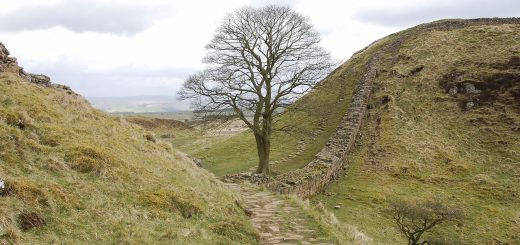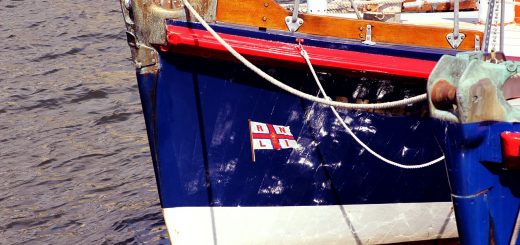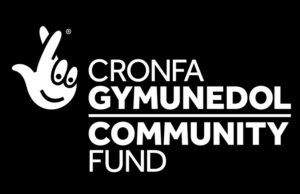A Good Year for the Pollinators
This is a bilingual message from Kate Gravell of the Pembrokeshire Coast National Park. Please scroll down for the English version.

Blwyddyn dda i bryfed peillio Sir Benfro
Er ein bod wedi wynebu mwy na digon o heriau yn 2020, mae wedi troi’n flwyddyn addawol i bryfed peillio ar hyd arfordir Sir Benfro, diolch i’r prosiect Pobl, Llwybrau a Phryfed Peillio.
Mae’r cynllun peilot tair blynedd yn cael ei gefnogi gan Ymddiriedolaeth Parc Cenedlaethol Arfordir Penfro a Stena Line, a’i nod yw cynyddu bioamrywiaeth ar hyd y darn o Lwybr yr Arfordir rhwng Niwgwl ac Abereiddi. Mae wedi gwneud cynnydd mawr ers ei sefydlu fymryn dros flwyddyn yn ôl.
Yn ystod y cyfnod hwn, mae mwy na 25 milltir o Lwybr yr Arfordir wedi cael ei arolygu am bryfed peillio, gyda’r nod o ganfod ardaloedd i’w gwella er mwyn darparu cynefin gwell. Drwy sicrhau bod gwelliannau i fioamrywiaeth yn ganolog i waith cynnal a chadw Llwybr yr Arfordir, gellir galluogi cysylltedd ar gyfer rhywogaethau, yn ogystal â chefnogi mynediad a phori ar yr arfordir.
Cyfrannwyd mwy na 200 o oriau gan wirfoddolwyr i’r prosiect hyd yma, drwy arolygon pryfed peillio a thasgau mwy ymarferol fel clirio prysgwydd a chreu mwy na 200 metr o fanciau gwenwyn.
Bu’r wardeiniaid yn arbennig o brysur dros fisoedd y gaeaf, yn torri rhyw 2km o dwneli gwynt ar Lwybr yr Arfordir cyn i dymor nythu’r adar ddechrau.
Y peth gorau hyd yma yw canlyniadau’r arolwg o gacwn ar drawslin ar Faes Awyr Tyddewi ar ôl i gyfyngiadau’r cyfnod clo gael eu llacio. Mewn tair awr, cofnodwyd chwe rhywogaeth wahanol a mwy na 150 o wenyn.
Mae pryfed peillio yn elfen hanfodol o’n bioamrywiaeth, ac mae pryfed yn gyfrifol am beillio 90% o gnydau. Yn ogystal â pheillio cnydau bwyd, maen nhw hefyd yn hanfodol i oroesiad planhigion sy’n cynnal llawer o’n bywyd gwyllt.
Dywedodd Vicky Squire, Warden Pryfed Peillio Awdurdod y Parc: “Roeddwn i’n lwcus iawn ym mis Awst eleni, o’r diwedd, i ddod o hyd i ddau sbigyn o Droellig yr Hydref (Spiranthes spiralis) wrth ymyl Llwybr yr Arfordir ym Mhorthclais. Mae’r rhain yn degeirianau prin, eiddil yr olwg sydd i’w gweld fel arfer ar laswelltiroedd calchaidd. Maen nhw’n hoff o laswellt byr ac mae cysylltiad rhwng eu dirywiad a dwysáu amaethyddiaeth.
“Nawr bod samplau ohonynt wedi cael eu darganfod eto ym Mhorthclais, 10-15 mlynedd ers iddynt gael eu cofnodi ddiwethaf, rydyn ni’n gobeithio gweithio gyda’r Ymddiriedolaeth Genedlaethol y gaeaf hwn i wella amodau cynefinoedd er mwyn iddynt ffynnu.”
Mae Ymddiriedolaeth Parc Cenedlaethol Arfordir Penfro yn elusen sy’n codi arian ar gyfer prosiectau fel hyn. I gael rhagor o wybodaeth am waith yr Ymddiriedolaeth neu i gyfrannu, ewch i www.pembrokeshirecoasttrust.org.uk.

A Good Year for Pembrokeshire’s Pollinators
Despite presenting more than its fair share of challenges, 2020 has turned into a promising year for pollinating insects along the Pembrokeshire coast, thanks to the People, Paths and Pollinators project.
Supported by the Pembrokeshire Coast National Park Trust and Stena Line, the three-year pilot which aims to enhance biodiversity along the Newgale to Abereiddi stretch of Coast Path has made considerable progress since being set up just over a year ago.
During that time over 25 miles of Coast Path have been surveyed for pollinators, with the goal of identifying areas that can be improved in order to provide a better habitat. Placing biodiversity improvements at the heart of Coast Path maintenance will enable connectivity for species, as well as support access and coastal grazing.
More than 200 volunteer hours have been contributed to the project so far through pollinator surveys and other more manual jobs such as scrub clearance and creating over 200 metres of bee banks.
Wardens were particularly busy over the winter months, breaking up roughly two kilometres of Coast Path wind tunnels before the bird nesting season.
The most pleasing outcome so far has come via the results of a bumblebee survey carried out on a transect of St Davids Airfield after lockdown restrictions were eased. In three hours, six different species and over 150 bees were recorded.
Pollinators are a fundamental component of our biodiversity, and insects are responsible for 90% of crop pollination. Not only do they pollinate food crops but they are also vital for the survival of plants that support much of our wildlife.
Park Authority pollinator warden Vicky Squire said: “I was very lucky this August to finally find two spikes of autumn lady’s tresses orchid (Spiranthes spiralis) near the Coast Path at Porthclais. These are rare, delicate-looking orchids that are generally found on calcareous grasslands. They favour short turf and their decline has been linked to the intensification of agriculture.
“Now that specimens have been found again at Porthclais, 10-15 years since they were last recorded, we are hoping to work with the National Trust this winter to improve habitat conditions for it to thrive.”
The Pembrokeshire Coast National Park Trust is a charity which raises funds for projects such as this. To find out more about the work of the Trust or to donate, visit www.pembrokeshirecoasttrust.org.uk.
Kate Gravell, National Park Communications, tel 01646 624822 or email kateg@pembrokeshirecoast.org.uk.










